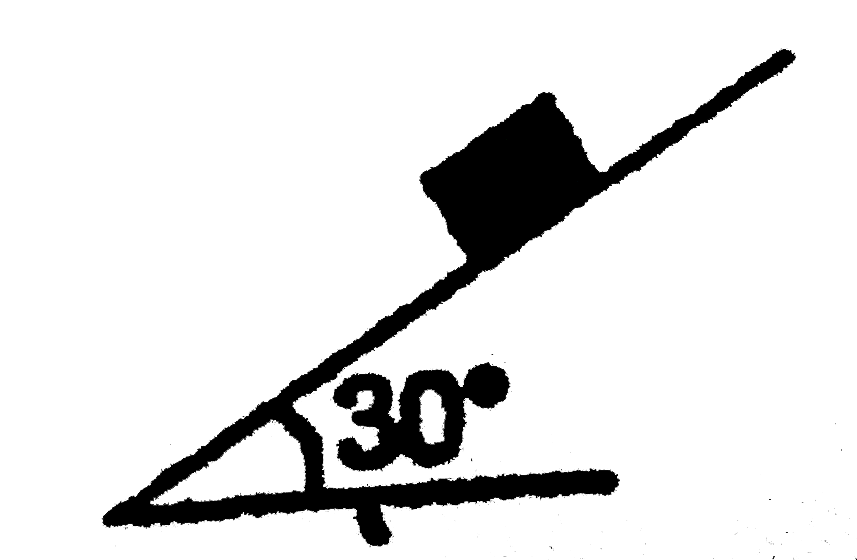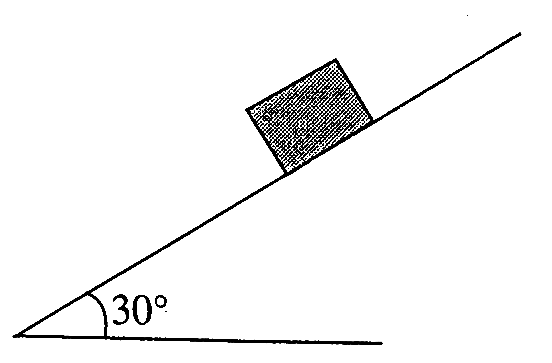Can a body remain at rest position when external forces are acting on it?
To determine whether a body can remain at rest when external forces are acting on it, we can analyze the conditions under which this is possible.
1. Understanding Forces: A body can remain at rest if the net external force acting on it is zero. This is based on Newton's First Law of Motion, which states that an object at rest will stay at rest unless acted upon by a net external force.
2. Identifying Forces: Consider a scenario where multiple forces are acting on a body. For example, let’s say we have:
- A force of 1 N acting to the right.
- A force of 2 N acting to the left.
- A force of 1 N acting to the right.
- A force of 3 N acting upwards.
- A force of 2 N acting downwards.
- A force of 1 N acting downwards.
3. Calculating Net Force in Horizontal Direction:
- Forces to the right: 1 N (right) + 1 N (right) = 2 N (total rightward force).
- Forces to the left: 2 N (left).
- Net force in the horizontal direction = Total rightward force - Total leftward force = 2 N - 2 N = 0 N.
4. Calculating Net Force in Vertical Direction:
- Forces upwards: 3 N (up).
- Forces downwards: 2 N (down) + 1 N (down) = 3 N (total downward force).
- Net force in the vertical direction = Total upward force - Total downward force = 3 N - 3 N = 0 N.
5. Conclusion: Since the net force in both the horizontal and vertical directions is zero, the overall net force acting on the body is zero. Therefore, the body can remain at rest despite the presence of multiple external forces acting on it.
Final Answer:
Yes, a body can remain at rest when external forces are acting on it, provided that the vector sum of all the forces acting on it is zero.
---
- A force of 1 N acting to the right.
- A force of 2 N acting to the left.
- A force of 1 N acting to the right.
- A force of 3 N acting upwards.
- A force of 2 N acting downwards.
- A force of 1 N acting downwards.
- Forces to the right: 1 N (right) + 1 N (right) = 2 N (total rightward force).
- Forces to the left: 2 N (left).
- Net force in the horizontal direction = Total rightward force - Total leftward force = 2 N - 2 N = 0 N.
- Forces upwards: 3 N (up).
- Forces downwards: 2 N (down) + 1 N (down) = 3 N (total downward force).
- Net force in the vertical direction = Total upward force - Total downward force = 3 N - 3 N = 0 N.
Yes, a body can remain at rest when external forces are acting on it, provided that the vector sum of all the forces acting on it is zero.
Topper's Solved these Questions
- BOOK - AAKASH INSTITUTE ENGLISHCHAPTER - LAWS OF MOTIONEXERCISE - ASSIGNMENT ( SECTION -A)50videos
LAWS OF MOTION
- BOOK - AAKASH INSTITUTE ENGLISHCHAPTER - LAWS OF MOTIONEXERCISE - ASSIGNMENT ( SECTION -B) objective type questions (one option is correct)59videos
LAWS OF MOTION
- BOOK - AAKASH INSTITUTE ENGLISHCHAPTER - LAWS OF MOTIONEXERCISE - Illustration7videos
LAWS OF MOTION
- BOOK - AAKASH INSTITUTE ENGLISHCHAPTER - KINETIC THEORYEXERCISE - EXERCISE (ASSIGNMENT) SECTION - D Assertion - Reason Type Questions10videos
KINETIC THEORY
- BOOK - AAKASH INSTITUTE ENGLISHCHAPTER - MAGNETISM AND MATTER EXERCISE - ASSIGNMENT (SECTION D)26videos
MAGNETISM AND MATTER
Similar Questions
Knowledge Check
- Question 1 - Select One
The velocity of centre of mass of the system remains constant, if the total external force acting on the system is.
Aa. minimumBb. maximumCc. unityDd. zero - Question 2 - Select One
Assertion : An external force is required to keep a body in motion.
Reason : If the net external force is zero, a body at rest continues to remain at rest and a body in motion continues to move with a uniform velocity.AIf both assertion and reason are true and reason is the correct explanation of assertion.BIf both assertion and reason are true and reason is the not correct explanation of assertion.CIf assertion is true but reason is falseDIf both assertion and reason are false.
Figure shows a block kept on a rough inclined plane. The maximum external force along the plane downwards for which the block remains at rest is 1N while the maximum external force along the incline upwards for which the block is rest is 7N. The coefficient of static friction μ is
 View Solution
View SolutionIs it possible that an object is in the state of accelerated motion due to external force acting on it, but no work is being done by the force. Explain it with as example.
View SolutionAccording to the principle of conservation of linear momentum, if the external force acting on the system is zero, the linear momentum of the system will remain conserved. It means if the centre of mass of a system is initially at rest, it will remain, at rest in the absence of external force, that is, the displacement of centre of mass will be zero.
Two blocks of masses 'm'and '2m' are placed as shown in Fig. There is no friction anywhere. A spring of force constant k is attached to the bigger block. Mass 'm' is kept in touch with the spring but not attached to it. 'A' and 'B' are two supports attached to '2m'. Now m is moved towards left so that spring is compressed by distance 'x' and then the system is released from rest.

Find the relative velocity of the blocks after 'm' leaves contact with the spring.View Solution(A) : When external force acting on a body moving on a rough horizontal surface is doubled, the acceleration of the body is doubled.
(R ) : The acceleration of a body moving on a rough horizontal surface is proportional to the resultant force acting on it.View SolutionSTATEMENT-1: If a body is floacting submerged,then on pressing, it will execute damped oscillatory motion.
and
STATEMENT-2: When a body is floating fully submerged and displaced from its position , then no net force acts at its position.View Solution
Figure shows a block kept on a rough inclined plane. The maximum external force down the incline for which the block remains at rest is 1 N while the maximum external force up the incline for which the block is at rest is 7 N. The coefficient of static friction μ is:View Solution

